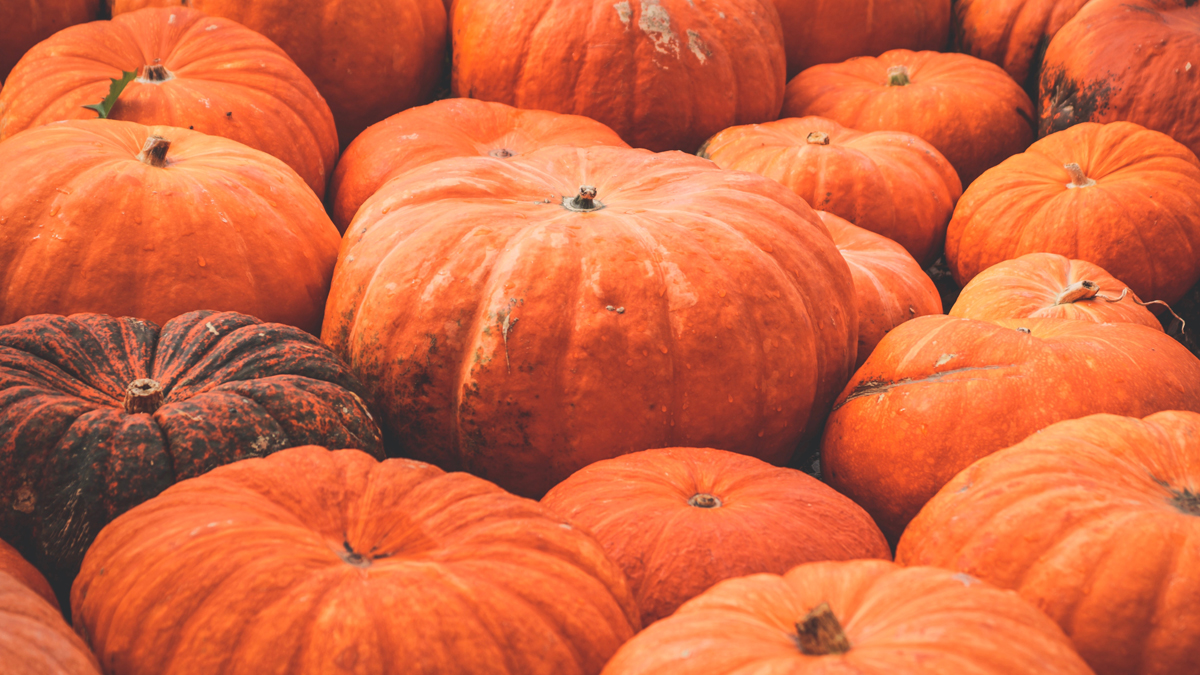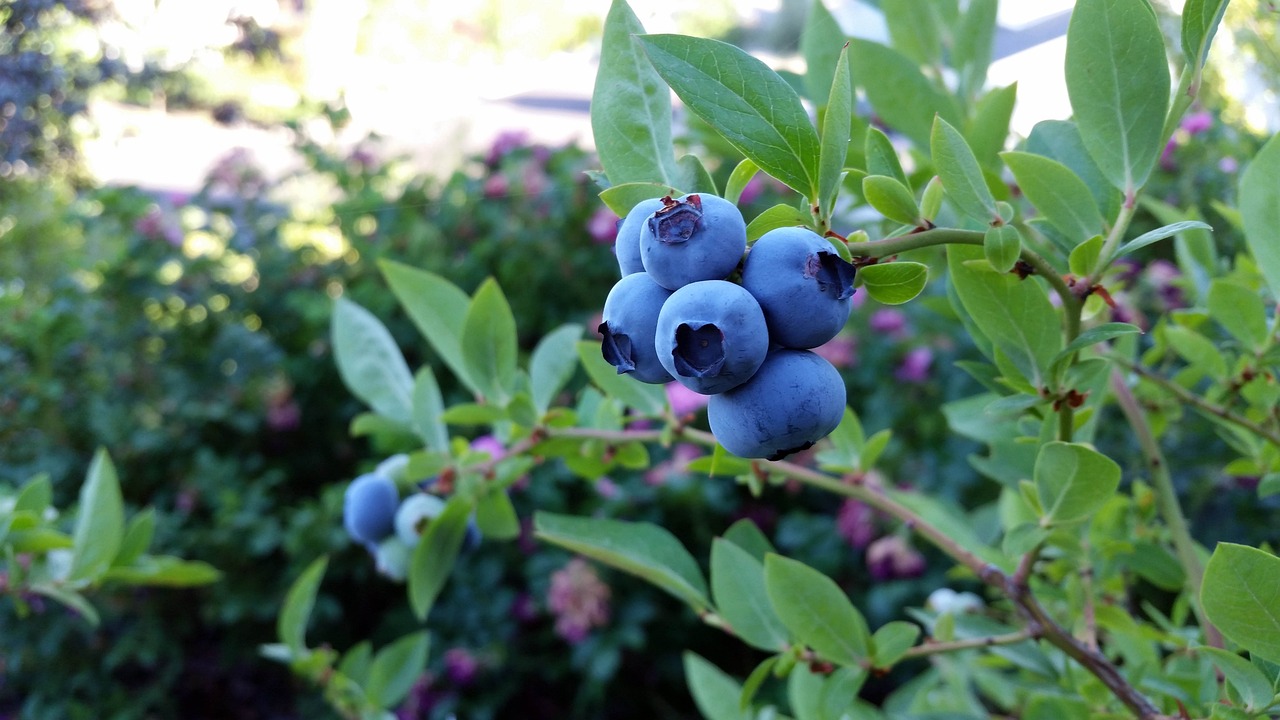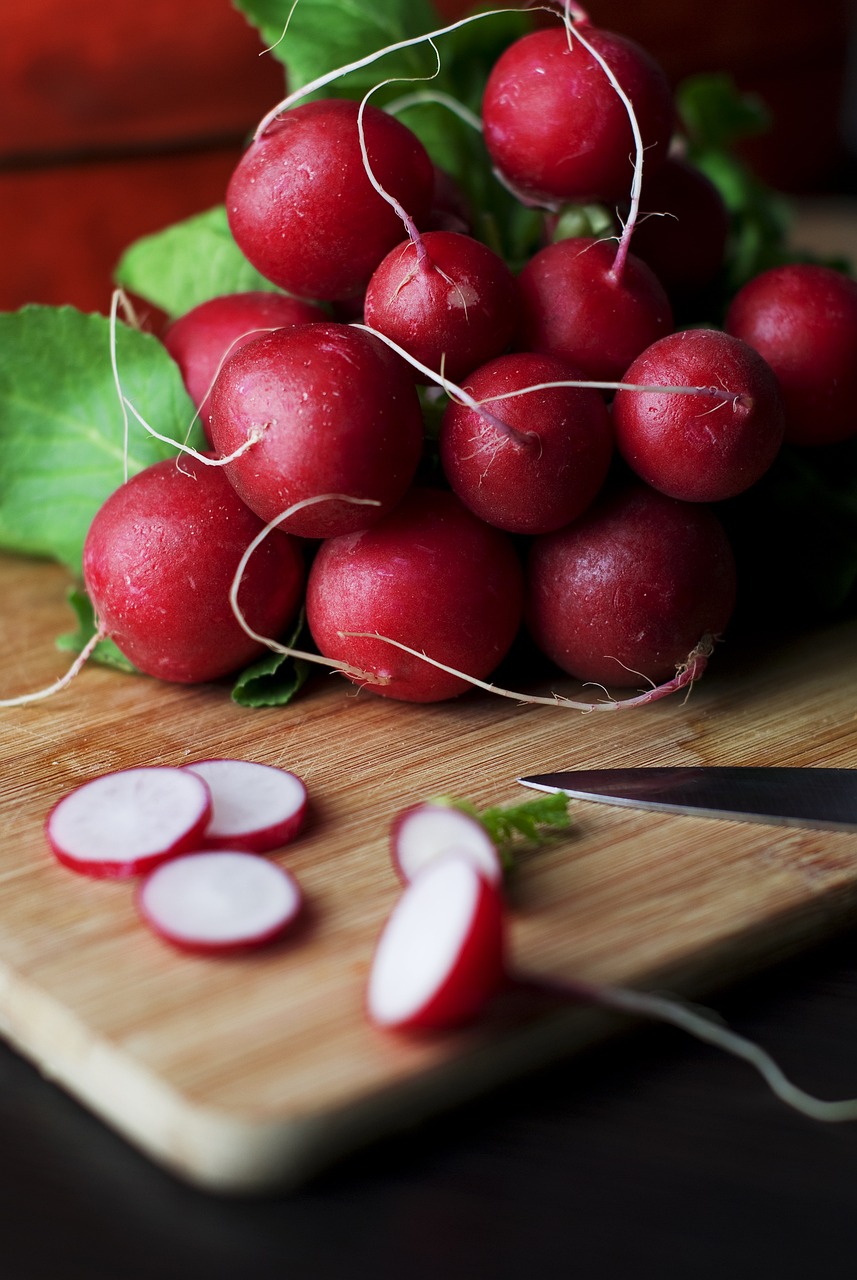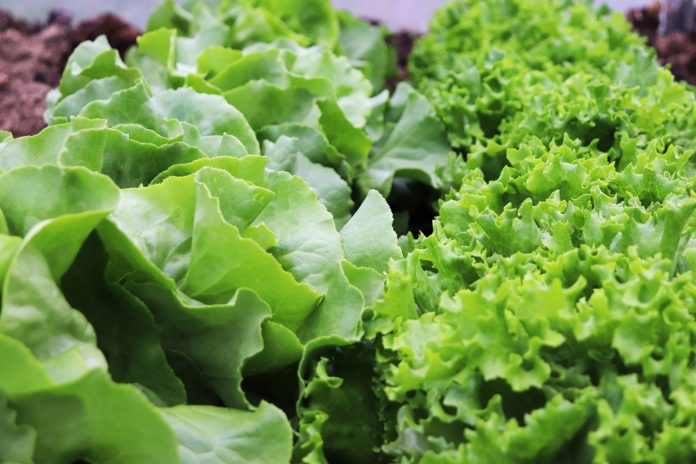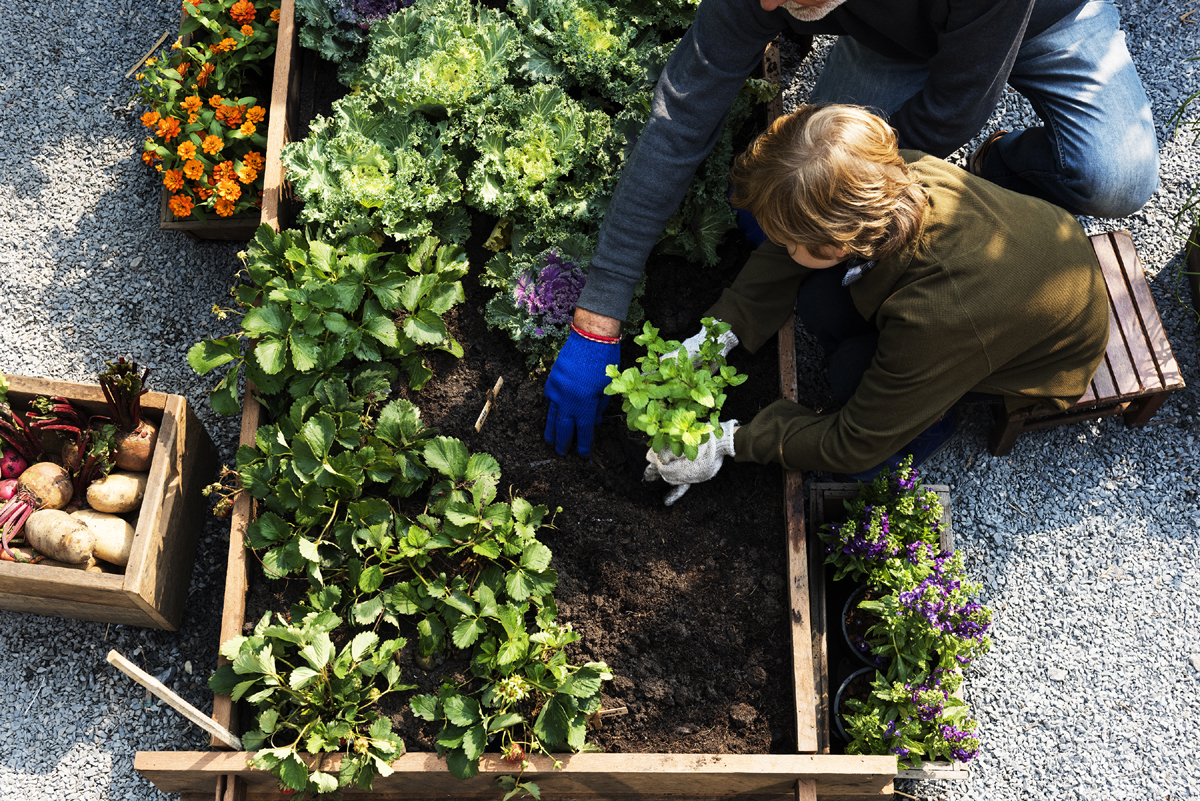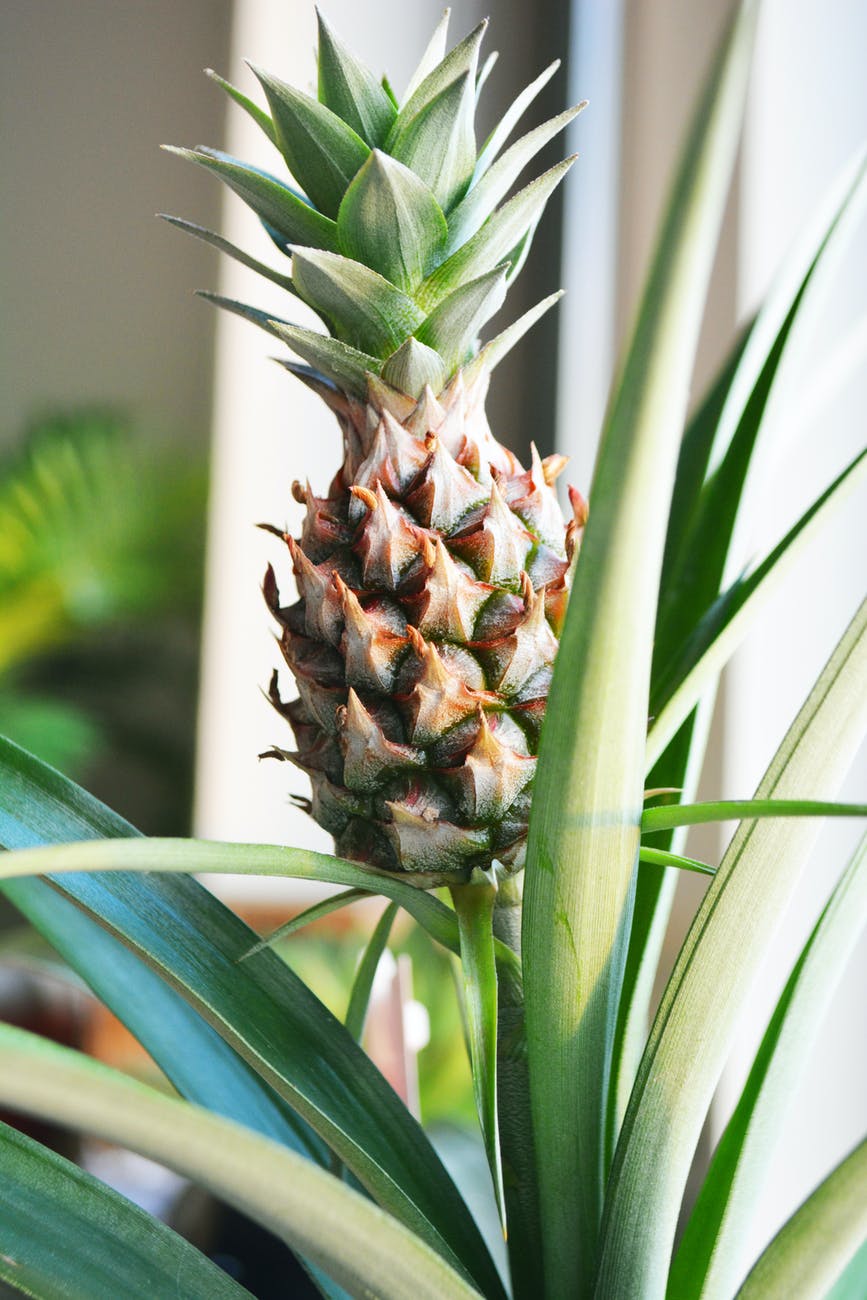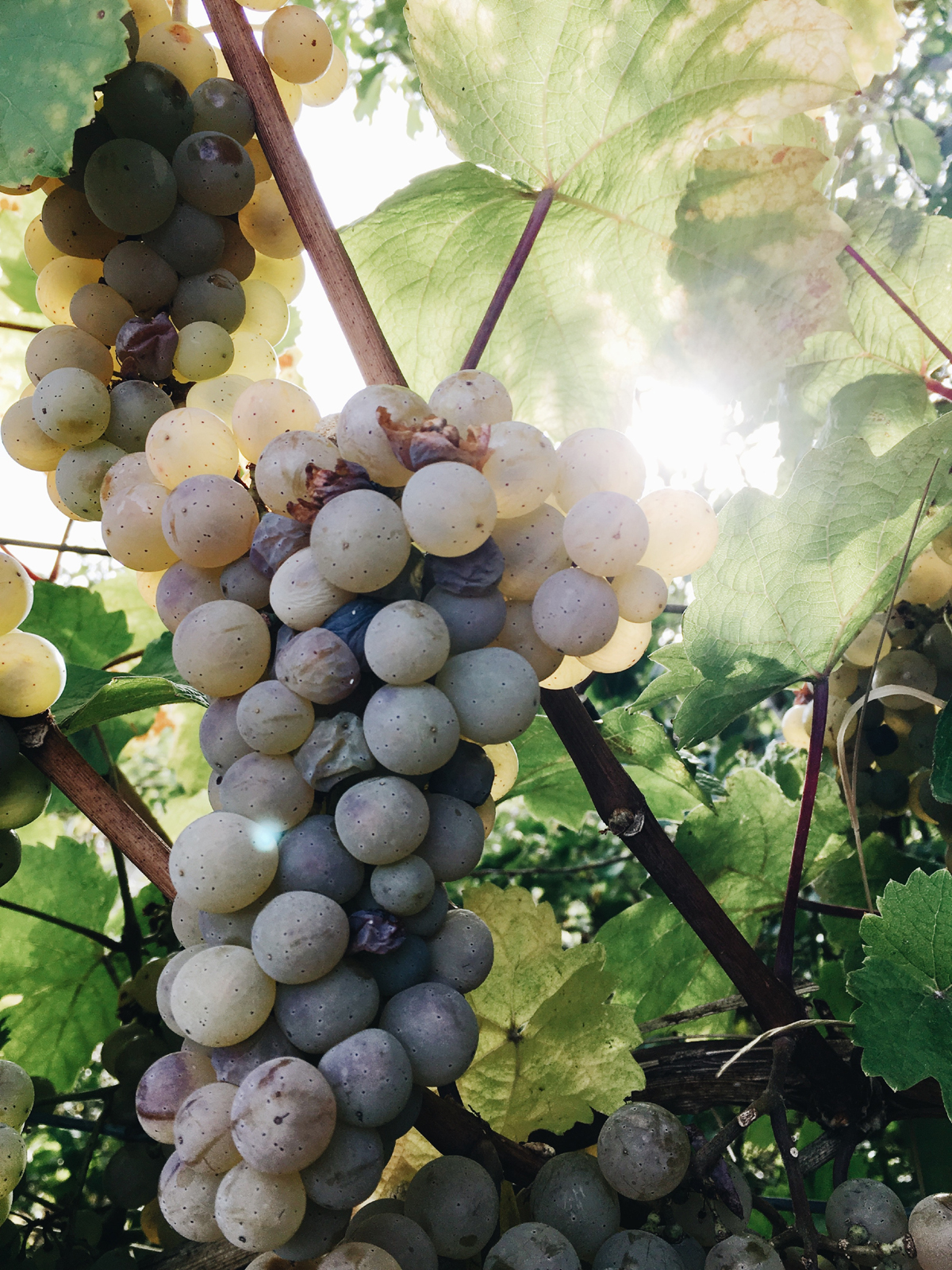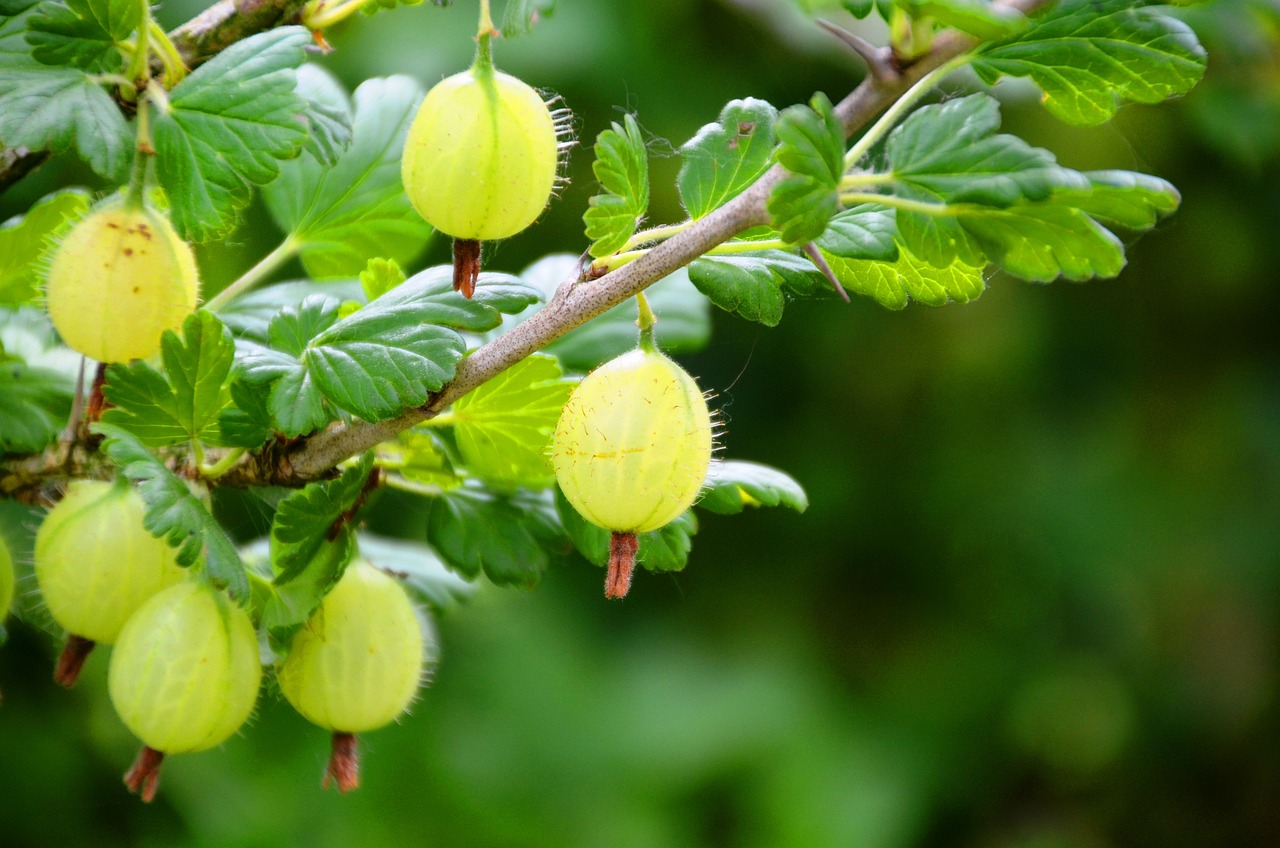Growing Strawberries in The Home Garden
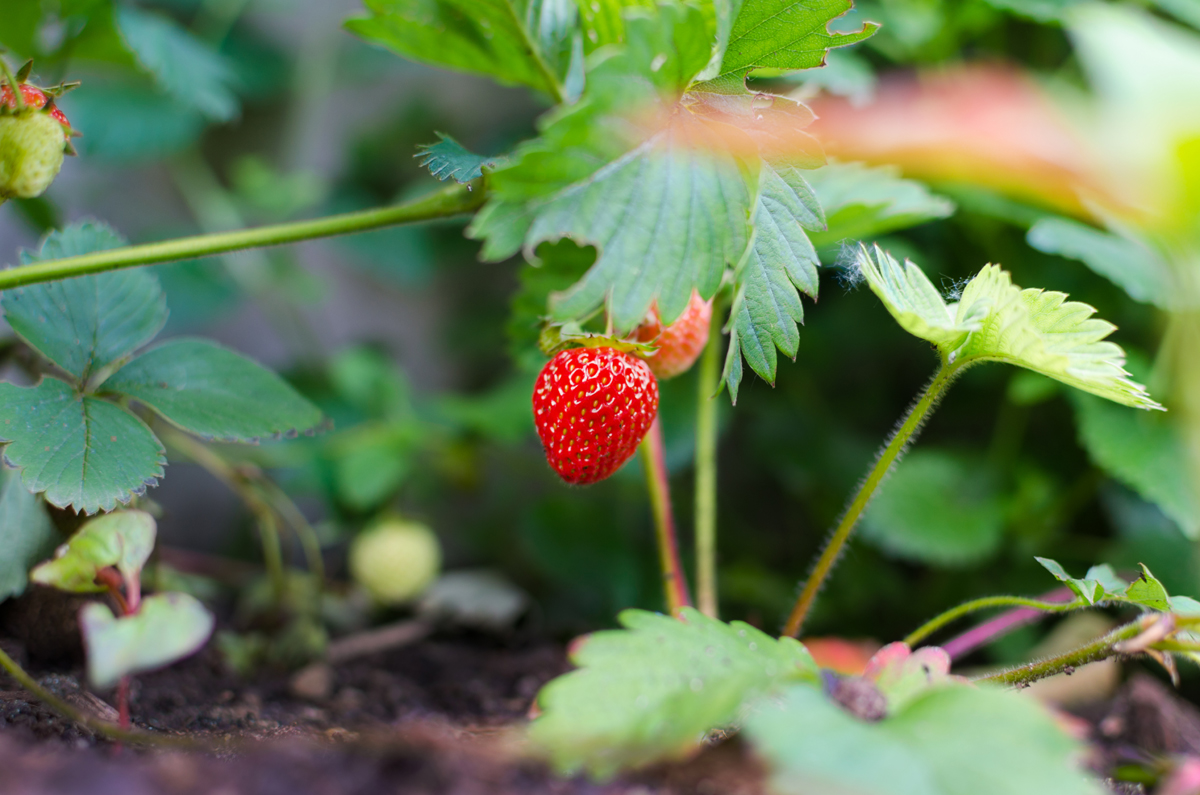
Strawberries are the number one fruit crop for home plantings. Strawberries may also be grown as a cash crop in large home plantings.
On the other hand strawberries are a versatile, highly nutritious fruit. One cup of fresh berries supplies more than the recommended daily adult requirement for Vitamin C.
You should be able to harvest at least a quart of berries per five feet of row, if follow good strawberries cultural practices. Usually, an initial planting of about 125 plants will provide plenty of fresh strawberry and enough for freezing or preserving for a family of four. Strawberries are tasteful fruits and you can prepare many recipes with strawberries for your family or kids: strawberry ice cream, strawberry salad, strawberry jam, strawberry muffins or strawberry pie and the list can keep going. What do you say? I think we have just convinced you to plant strawberries in your home garden, thus can be sure of strawberries freshness.
Before Deciding to Plant Strawberries, Consider:
- strawberries site selection
- strawberries plant selection
- strawberries site preparation
- strawberries propagation and planting
- strawberries general care, including fertilization, renovation, and irrigation
- strawberries mulching
- strawberries harvesting
- strawberries pest control
Strawberries Site Selection
The most successful strawberry planting receives full sun most of the day. Shady locations promote more vegetative growth, but yield few fruit. Shady locations are usually wetter than sunny sites, and therefore have greater disease problems.
Plants stressed by drought have more disease problems and a lower yield than strawberries that have received adequate water. Irrigation water should be available to help the plants survive dry periods throughout the year.
Strawberries do best when grown in soil with a pH range of 6.0 to 6.5. Avoid planting strawberries in low areas because they are often prone to late spring frost. The site should not have been used for any kind of berries, tomatoes, potatoes, or peppers prior to planting new strawberries. This helps prevent disease problems, such as tomato ring spot virus and root rot.
Strawberries Plant Selection
While there are many strawberry varieties from which to choose, the performance of any one variety is greatly influenced by local growing conditions and climate. When choosing a strawberry variety, it is important to consider the following:
- Select strawberry varieties adapted to your region.
- Accept only healthy-looking, certified virus-free plants. Purchase plants from an established nursery and place orders as early as the nurseries will take them. Be sure to specify a delivery date.
- Most strawberries will produce good crops if only one variety is planted. However, Spring Giant and Apollo are exceptions and should be planted within 25 feet of another variety for pollination. It is usually better to plant more than one variety. A disease or frost is less likely to devastate your entire planting if you have several varieties.
- The fruiting season can be extended by planting varieties that ripen at different times.
- Consider the preservation quality and disease and insect resistance of the variety.
- Choose strawberry varieties that you like. Some people like sweet berries, while others prefer tart berries.
- Choose strawberry varieties that bloom when you want them to. Early-season varieties ripen in early May to mid-June. Mid-season varieties ripen in mid-May to mid-June. Late-season varieties ripen in late May to mid-June. Ever bearers produce berries mid-May to mid-June, a few during the summer, and again in the fall. Fruit size and quality may not be as good as it is in other varieties, and total yield is often lower than that of June-bearers. Some varieties, such as Tennessee Beauty, are listed as June-bearers by some sources and ever bearers by others.
Strawberries Soil Preparation
If the site is in grass sod, wait one year before planting strawberries. Use that year to kill grass and grubs, and to build the beds and provide extra drainage, if needed.
Have the soil tested several months before planting strawberries.
Till the soil to provide a weed-free planting area. Keep in mind that beds should be narrow enough for easy picking-usually not more than three feet wide. Organic matter, such as straw, manure, peat moss, or compost, can be added by plowing or tilling it into the soil several weeks before plants are set. Two to three weeks before planting, mix the recommended fertilizer and lime into the soil. Allow rainfall to settle the beds or use sprinklers.
Strawberries Propagation and Planting
Strawberries are propagated by removing rooted runners from the mother plants and placing them in a new strawberry bed. Patented varieties may not be legally propagated either for expanding your plantings or for sale.
Adequate soil moisture must be present during the winter months for good root development. Plants should not be set during dry windy conditions or if extremely cold weather is predicted during the following few days.
Before planting, remove all but two or three of the most vigorous leaves from the plants. Plant the strawberries 1.5 to 2.5 feet apart, depending on the vigor of the variety. Since the strawberry has the potential to produce 30 to 50 runner plants the first year of growth, this distance will allow plants to develop runners in the row, while keeping the middle between the rows free of plants. Ask your nursery representative for recommendations on plant spacing for the varieties you choose. Plant the strawberries so that the crowns (where the leaves arise) are even with the ground surface after the soil has been firmed around the roots. This is very important, because plants set too deeply will rot and plants set too shallowly will dry out and die. Spread the roots out somewhat in the planting hole. Pack the soil firmly enough to hold the plant in the ground if you tug on a leaf, but not so firmly as to crush the plants.
If you use a hand trowel to plant the strawberries, push it about six inches into the prepared soil, and then pull it forward to open the hole. Put the plant into the hole at the proper depth and remove the trowel. Then, close the hole by placing the trowel in front of the plant and pulling the trowel forward to firm the soil. After setting, give each plant at least a pint of water.
Do not allow plants to become dry during the planting operation. As each bundle of plants is opened, place the plants in a container with just enough water to keep the roots wet. Planting may be easier if the roots are trimmed slightly with scissors or a sharp knife so that they fit more easily into the hole.
An irrigation system such as leaky pipe or other drip irrigation is recommended in order to lessen disease problems associated with wet foliage. These systems also conserve water that can be lost through evaporation and runoff.
Strawberries Growing Conditions
First Year
During the summer, runner strawberry plants form from mother plants and take root. In the fall, plants build up food reserves and form fruit buds for the next year’s crop. The plants must be kept healthy for the best development of new plants and fruit buds.
The strawberry plant is shallow-rooted and requires frequent watering after transplanting. If there is little or no rainfall within any two week period of spring or summer, enough water should be applied to wet the soil to a depth of 12 inches. This will usually require about one inch of applied water.
Between August 15 and September 15, broadcast 1.5 pounds of ammonium nitrate per 100 feet of row.
This will give adequate nitrogen for fruit bud set. Make sure leaves are dry at application, and brush all fertilizer off the leaves immediately afterward. Apply about one inch of water if rain is not expected within a day or two.
For strongest strawberries and best production the following year, remove all flowers throughout the first season. If berries are allowed to develop the first year, they will reduce plant growth, runner development, and next year’s crop.
Subsequent Years
In the spring, take a soil sample from the beds. After picking strawberries, renovate your planting. Renovation is the process of narrowing the strawberry rows and controlling weeds after fruit harvest. This is necessary to keep the strawberry bed healthy and productive. Narrow the rows to eight to 10 inches with a hoe. Control weeds and apply any fertilizer needed at this time. Water strawberry plants after renovation. Be sure to read the label on any herbicides used to properly time irrigation for optimum weed control. If weeds are outgrowing the strawberries, there may be too much nitrogen in the soil and you may need to reduce nitrogen fertilizer applications. Otherwise, apply fertilizer as recommended by your Extension educator, based on your soil test results.
Follow the same fertilizer and care recommendations as those made for the first year (watering, fall nitrogen application, and winter frost protection). Properly nurtured strawberry beds should last through three to five years of harvest.
Strawberries Mulching
A well-established row of vigorous strawberry plants will produce a mulching effect because of their own shade. Strawberry plants may benefit from a winter covering of straw or similar mulch over the row. This winter mulch is used to prevent undue freezing and thawing, as well as excessive drying of the plants by winter winds.
The proper time to apply mulch is between middle and late December, following several hard frosts. By this time, the plants have developed cold hardiness. Mulching at an earlier time may cause serious injury to the plants during the winter because they will not become cold hardy. Straw should be added loosely to a depth of three to four inches to cover the entire row.
The mulch must be removed when the earliest strawberry plant growth begins in the spring (usually March). In order to determine the proper time, lift some of the mulch and examine the plants beneath it. If new leaves have begun to develop, their color will be light green. At this time, the mulch may be removed or raked to the side of the row. This allows the mulch to be conveniently placed back over the row if another frost is predicted.
Leaving some of the mulch in the berry row is desirable, as long as foliage and flower stalks can emerge. This will help keep soil and soil-borne diseases off of the fruit. The mulch aids in harvesting during wet spells, decreases damage received in hail storms, lessens erosion of new strawberry beds, and helps with weed control. Winter mulch may also help avoid some spring frost injury by delaying plant development and flowering.
Fabric mulches are also available. They are usually applied over hoops which arch over the strawberry beds. The edges of the fabric are covered with soil or weighted with bricks or other objects to keep out wind. Fabric mulches must be removed when bloom begins in order to allow bees to pollinate the flowers. Otherwise, you can expect a poor crop. If plants appear pale green in color and have not yet begun to bloom, go ahead and remove the mulch to allow more sunlight to reach the plants. To remove fabric mulch, carefully take the soil or other weight off of one edge and off of the ends. Then, fold the fabric off of the plants and lay it in a row on one side of the strawberries. This makes it easy to replace the fabric in the evening if there is danger of frost. When the fabric is no longer needed, it may be folded and stored for the next season if it is in good shape. Fabric mulches seem to provide a small amount of protection from hail damage if they are in place when the storm occurs.
Strawberries Harvesting
The time from strawberry bloom to first strawberry harvest will vary from 18 to 45 days, depending on the variety and weather. Pick strawberries when they reach the desired stage. Varieties vary in their color development at ripeness. Some are pink when ripe, while others are red or even dark red. Tasting the berries is the best way to tell when to pick them.
For best storage life (3-10 days in the refrigerator, depending on handling and variety), pick the fruit in the cool part of the day. Leave the caps on until you use the fruit. If you want to freeze or process the berries, you may want to choose varieties with long necks rather than sunken caps, because the caps are easy to remove.
Strawberries Pest Control
Strawberries are susceptible to many diseases and insects. The most notable animal pests are aphids, spider mites, white (root) grubs, strawberry leaf rollers, slugs, pill bugs, and nematodes. There are many chemical control options for these pests. However, homeowners may want to use gentler means of pest control, such as using resistant varieties (where available), soaps for aphid and spider mite control, specific Bacillus thuringiensis preparations for grub and leaf roller control, beer traps for slugs and pillbugs, and planting marigolds the year before strawberry planting for nematode control.
Diseases of strawberries include bacterial and fungal leaf spots, powdery mildew, leaf scorch fungus, leaf blight, gray mold and other fruit rots, red stele root rot, verticillium wilt, various viruses, and nematode-caused diseases. Planting resistant varieties is the easiest method of disease control. This method is only successful if the plants are resistant to the strain of the disease that is present in your area.
The most important consideration is to obtain healthy, disease-free plants. Strawberry plants show few visible symptoms of virus disease, but infected plants grow poorly and produce little fruit. It is important to obtain certified plants from virus-free stock. Choosing virus resistant varieties may also help. Most strawberry plant nurseries have certified disease-free plants available.
When the fruit ripening period coincides with cool, cloudy, rainy weather, fruit rots and leaf spot may develop. These conditions are often encountered in the eastern section of the state because of the relatively humid conditions. The problems are usually more serious when the plants are too crowded, have grasses and other weeds in the row, or have had too much nitrogen fertilizer.
A common disease of strawberry plants is herbicide injury. Although weed control is important in strawberry beds, herbicides must be used with care to prevent injury to the strawberry plants. Hand weeding, where practical, is a good idea.
read: How to Dehydrate Strawberries
The Author:

